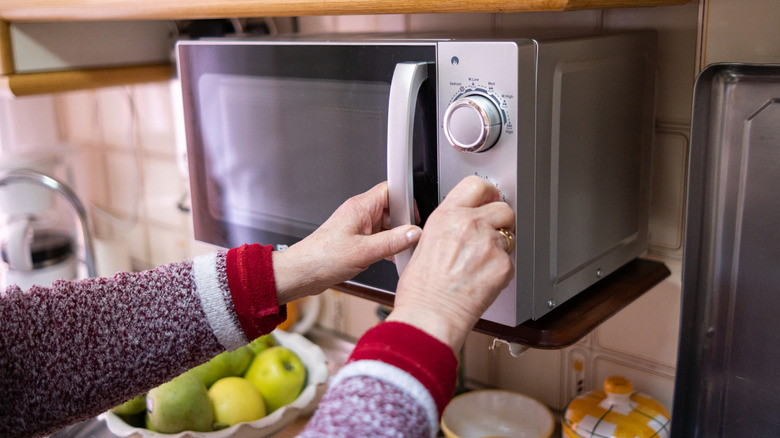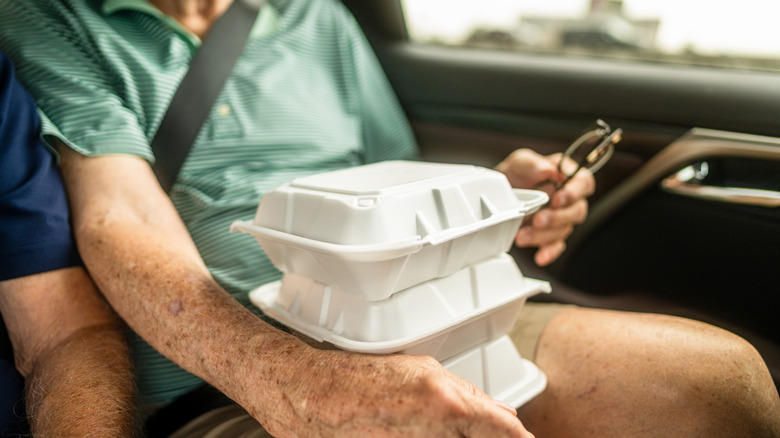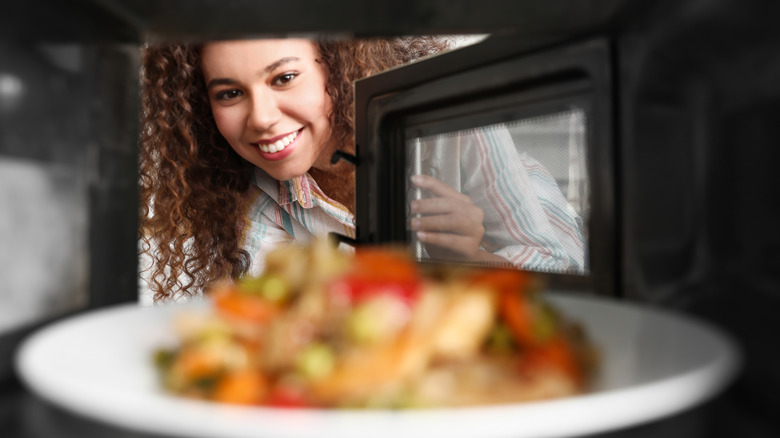
Noticing fewer Styrofoam containers lately? It’s possible. Packaging Dive reports that a wave of Styrofoam bans began sweeping across the United States in 2025, with states like Rhode Island and Oregon enacting laws to prohibit polystyrene foam (Styrofoam) containers in eateries.
However, depending on your location, you might still receive takeout in a Styrofoam clamshell. Remember, Styrofoam is only a temporary carrier for your food. When you’re ready to heat your meal at home, always transfer it to a microwave-safe dish or plate before heating. (Note: Most plastic containers are also not microwave-safe.)
Why avoid microwaving Styrofoam containers? Styrofoam consists of expanded polystyrene, primarily made from styrene monomer (or styrene). While styrene has been widely used in various commercial products, it’s not entirely safe for humans. Storing food in Styrofoam can transfer small amounts of styrene to your food, and microwaving accelerates this process. As Arizona State University’s Rolf Halden explains (via Business Insider), “Heat can generate more free chemical building blocks, and it also accelerates their movement out of the plastic and into the food.”
Potentially toxic food packaging

A 2019 reanalysis of international cohort study data (via Occupational and Environmental Medicine) found a strong link between styrene exposure and non-Hodgkin’s lymphoma, esophageal cancer, and pancreatic cancer. The National Library of Medicine also describes styrene as “reasonably anticipated to be a human carcinogenic.”
Concerned about eating food stored in Styrofoam, whether microwaved or not? Your concerns may be valid, as the Centers for Disease Control and Prevention (CDC) notes that “small amounts of styrene” can leach into food stored in styrene-based containers. This leaching effect can be intensified with heat exposure, as observed in a 2021 study published in Foods. The study examined styrene particle migration in various foods at different temperatures. Furthermore, fattier foods showed higher styrene levels after long-term storage or high-temperature heating in Styrofoam containers.
How to avoid using Styrofoam containers for takeout food

If you’ve microwaved a few Styrofoam containers before, don’t panic; you’re likely fine. It’s the repeated exposure that poses potential issues. Studies on styrene often focus on individuals with long-term exposure in occupational settings, not occasional users.
Some Styrofoam containers bear a seal indicating microwave safety. However, if you’re concerned, consider transferring your food to a plate before reheating. When ordering takeout, you might bring your own container or inquire about more sustainable and safer alternatives.
Ensure proper recycling of Styrofoam containers instead of discarding them. You can also repurpose them creatively, like using Styrofoam plates as gym sliders (here are other household items for workouts).
“`




